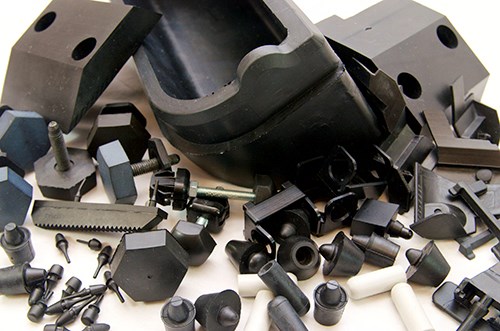Exploring the Versatility of Fabric Reinforced Hoses and Rubber Sheets
Fabric reinforced hoses and rubber sheets are essential components in various industries, offering durability and versatility for a wide range of applications.
Fabric Reinforced Hoses:
Fabric reinforced hoses are a cornerstone of fluid transport systems in industries such as automotive, agriculture, and manufacturing. These hoses are designed to withstand high pressures and harsh environments, making them ideal for transporting liquids and gases.
In fabric reinforced hoses, layers of fabric, typically polyester or nylon, are embedded within the rubber structure. This reinforcement enhances strength and resistance to pressure, allowing them to handle a wide range of fluids, including oil, water, and chemicals.
Key Benefits of Fabric Reinforced Hoses:
- Durability: These hoses are built to withstand the rigors of industrial applications, making them long-lasting and reliable.
- Versatility: Fabric reinforced hoses can transport a variety of fluids, making them suitable for diverse industries.
- Resistance: They offer resistance to abrasion, chemicals, and extreme temperatures.
Rubber Sheets:
Rubber sheets are versatile materials with applications ranging from gaskets and seals to industrial lining and flooring. They are available in various thicknesses and formulations to suit specific requirements.
Key Benefits of Rubber Sheets:
- Sealing and Insulation: Rubber sheets are used for sealing applications due to their excellent elasticity and resistance to moisture and gases.
- Shock Absorption: In industrial settings, rubber sheets provide shock-absorbing qualities, protecting equipment and reducing noise.
- Corrosion Resistance: They offer resistance to chemicals and are often used as protective linings in corrosive environments.
fabric reinforced hoses and rubber sheets are indispensable in numerous industries, thanks to their durability, versatility, and resistance properties. Whether you need to transport fluids or create effective seals, these components offer reliability and performance.
For high-quality fabric reinforced hoses and rubber sheets, visit Lusida Rubber & Plastic.

